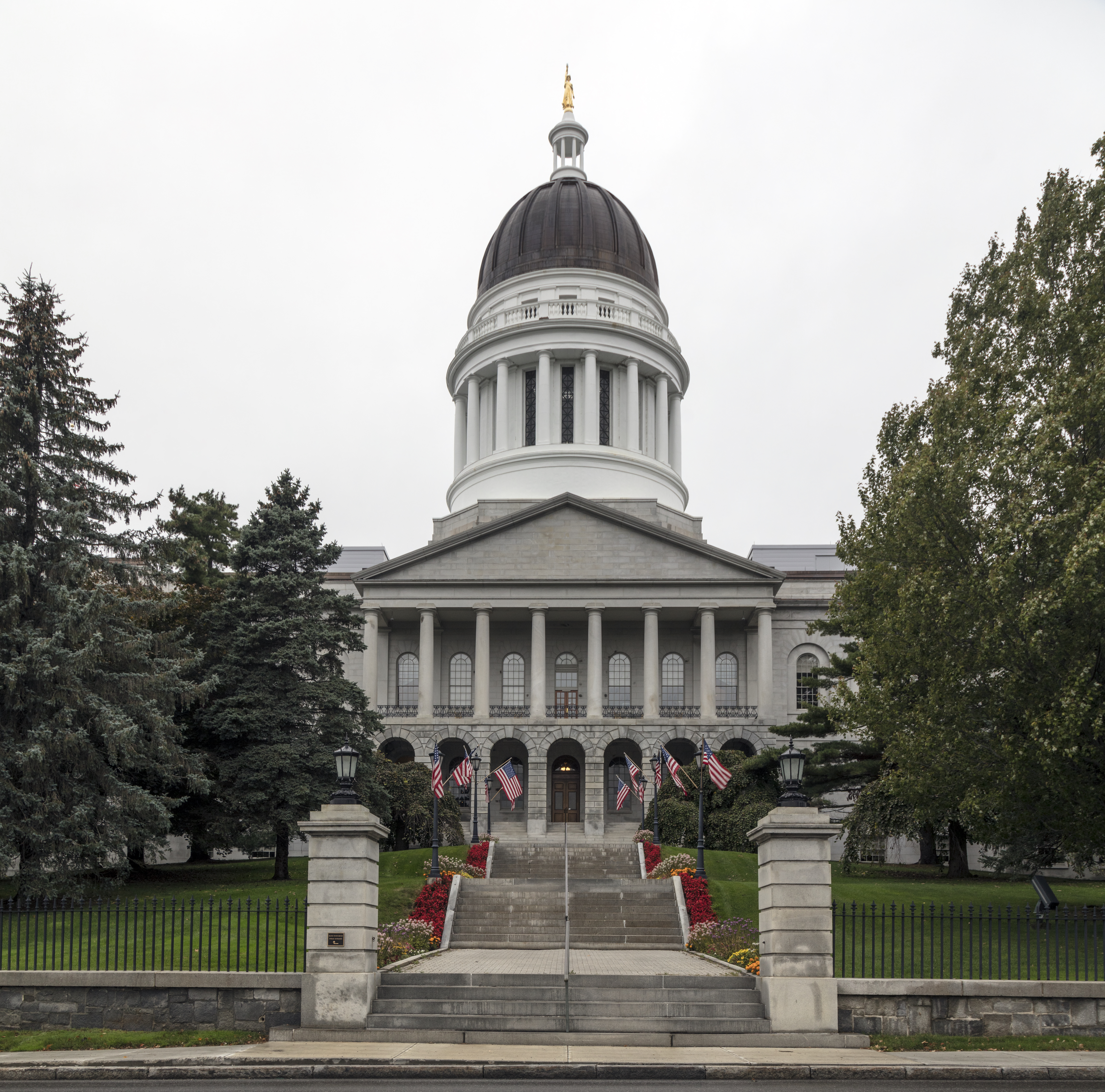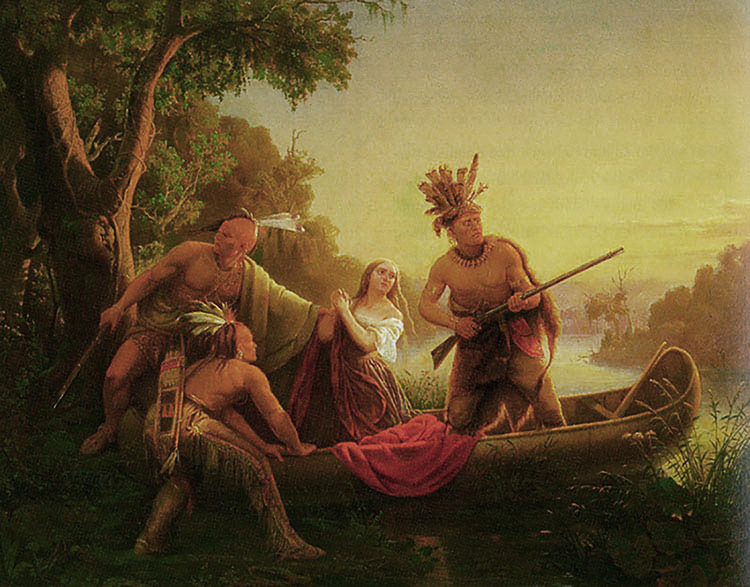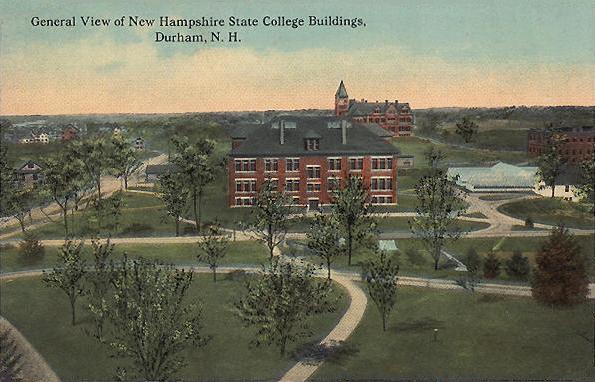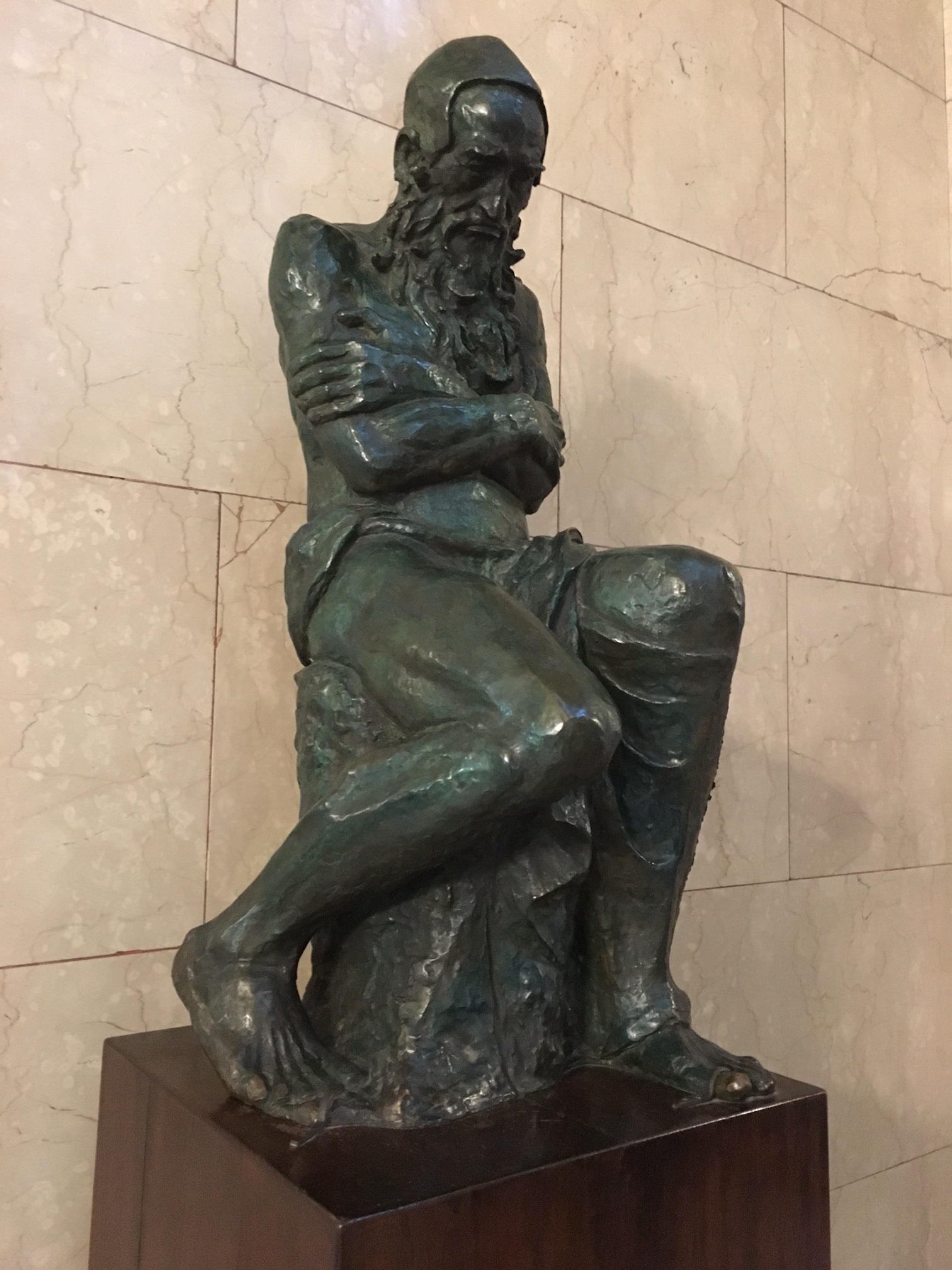|
Siege Of Pemaquid (1689)
The siege of Pemaquid (August 2–3, 1689) was a successful attack by a large band of Abenaki Indians on the English fort at Pemaquid, Fort Charles, then the easternmost outpost of colonial Massachusetts (present-day Bristol, Maine). The French-Abenaki attack was led by Jean-Vincent d'Abbadie de Saint-Castin and Father Louis-Pierre Thury and Chief Moxus. The fall of Pemaquid was a significant setback to the English. It pushed the frontier back to Casco ( Falmouth), Maine. Siege The fort at Pemaquid was under the command of Lieutenant James Weems and was significantly under strength after most of its garrison had deserted in the wake of the revolt and overthrow of Governor Edmund Andros at Boston, Massachusetts earlier in the year. The complement of soldiers was reduced to thirty and many of these were in a mutinous state. The Indian force surrounded the fort, capturing or killing most of the settlers in the countryside about the fort. Lieutenant Weems provided a defens ... [...More Info...] [...Related Items...] OR: [Wikipedia] [Google] [Baidu] |
Jean-Vincent D'Abbadie De Saint-Castin
Jean-Vincent d'Abbadie, Baron de Saint-Castin (; 1652–1707) was a French military officer serving in Acadia and an Abenaki chief. He is the father of two prominent sons who were also military leaders in Acadia: Bernard-Anselme and Joseph. He is the namesake of Castine, Maine. He died at Pau, France, in 1707. Early life Saint-Castin was born at Escout, Béarn, France, to Jean-Jacques d'Abbadie and Isabeau de Béarn-Bonasse, the youngest of three sons. Little is known of his early years other than he lost his mother in infancy and his father before his teens. He left for Canada at the age of thirteen as an ensign in the army, as was suitable for the youngest son of a noble. He was likely part of Alexandre de Prouville's campaign against the Iroquois in 1666 although his name does not appear in surviving records until 1670 when he was part of the repossession of Acadia by the French. In the Penobscot River area he gained his knowledge of the Penobscot and was eventually adopt ... [...More Info...] [...Related Items...] OR: [Wikipedia] [Google] [Baidu] |
Maine
Maine ( ) is a U.S. state, state in the New England region of the United States, and the northeasternmost state in the Contiguous United States. It borders New Hampshire to the west, the Gulf of Maine to the southeast, and the Provinces and territories of Canada, Canadian provinces of New Brunswick and Quebec to the northeast and northwest, and shares a maritime border with Nova Scotia. Maine is the largest U.S. state, state in New England by total area, nearly larger than the combined area of the remaining five states. Of the List of states and territories of the United States, 50 U.S. states, it is the List of U.S. states and territories by area, 12th-smallest by area, the List of U.S. states and territories by population, 9th-least populous, the List of U.S. states by population density, 13th-least densely populated, and the most rural. Maine's List of capitals in the United States, capital is Augusta, Maine, Augusta, and List of municipalities in Maine, its most populous c ... [...More Info...] [...Related Items...] OR: [Wikipedia] [Google] [Baidu] |
Captivity Narratives
Captivity narratives are typically personal accounts of people who have been captured by an enemy, generally a enemy with a foreign culture. The best-known captivity narratives in North America are those concerning Europeans and Americans taken as captives and held by the indigenous peoples of North America. These narratives have had an enduring place in literature, history, ethnography, and the study of Native peoples. They were preceded, among English-speaking peoples, by publication of captivity narratives related to English people taken captive and held by Barbary pirates, or sold for ransom or slavery. Others were taken captive in the Middle East. These accounts established some of the major elements of the form, often putting it within a religious framework, and crediting God or Providence for gaining freedom or salvation. Following the North American experience, additional accounts were written after British people were captured during exploration and settlement in India a ... [...More Info...] [...Related Items...] OR: [Wikipedia] [Google] [Baidu] |
John Gyles
John Gyles (1680 at Pemaquid, Maine1755 at Roxbury, Boston) was an interpreter and soldier, most known for captivity narrative, his account of his experiences with the Maliseet tribes at their headquarters at Meductic Indian Village / Fort Meductic, Meductic, on the Saint John River (Bay of Fundy), Saint John River. King William's War During King William's War, in 1689, when he was nine years of age, he was living with his family at Fort William Henry (Pemaquid Beach, Maine), Fort Charles. On 2 August, while labouring with his father Thomas near the new fort, he was taken prisoner by Maliseets in the Siege of Pemaquid (1689). His father was killed, one brother James was taken by the Penobscot, and only one brother escaped. John was conveyed up the Penobscot River, across portages to the Chiputneticook Lakes, and on to the main Maliseet village Meductic Indian Village / Fort Meductic, Meductic. , held in slavery by Madockawando for attempting to escape, were tortured by fire, ... [...More Info...] [...Related Items...] OR: [Wikipedia] [Google] [Baidu] |
Saint John River (Bay Of Fundy)
The Saint John River (; Maliseet-Passamaquoddy: ''Wolastoq'') is a river flowing within the Dawnland region from headwaters in the Notre Dame Mountains near the Maine-Quebec border through western New Brunswick to the northwest shore of the Bay of Fundy. Eastern Canada's longest river, its drainage basin is one of the largest on the east coast at about . This “River of the Good Wave” and its tributary drainage basin formed the territorial countries of the Wolastoqiyik and Passamaquoddy First Nations (named Wolastokuk and Peskotomuhkatik, respectively) prior to European colonization, and it remains a cultural centre of the Wabanaki Confederacy to this day. The Webster–Ashburton Treaty following the Aroostook War established a border between New Brunswick and Maine following of the river, while a tributary forms of the border between Quebec and Maine. Maine communities along the river include Fort Kent, Madawaska, and Van Buren. New Brunswick settlements through ... [...More Info...] [...Related Items...] OR: [Wikipedia] [Google] [Baidu] |
Meductic Indian Village / Fort Meductic
Meductic Indian Village / Fort Meductic (also known as Medoctec, Mehtawtik meaning "the end of the path") was a Wolastoqey settlement until the mid-eighteenth century. It was located near the confluence of the Eel River and Saint John River in New Brunswick, four miles upriver from present-day Lakeland Ridges. The fortified village of Meductic was the principal settlement of the Wolastoqey First Nation from before the 17th century until the middle of the 18th, and it was an important fur trading centre. (The other two significant native villages in the region were the Abenaki village of Norridgewock (present-day Madison, Maine) on the Kennebec River and Penobscot (present-day Penobscot Indian Island Reservation) on the Penobscot River. Only during King George's War, after the French established Saint Anne (present-day Fredericton, New Brunswick), did the village Aukpaque, present-day Springhill, New Brunswick, become of equal importance to Meductic). The village contained ... [...More Info...] [...Related Items...] OR: [Wikipedia] [Google] [Baidu] |
Maliseet
The Wolastoqiyik, (, also known as the Maliseet or Malecite () are an Algonquian-speaking First Nation of the Wabanaki Confederacy. They are the Indigenous people of the Wolastoq ( Saint John River) valley and its tributaries. Their territory extends across the current borders of New Brunswick and Quebec in Canada, and parts of Maine in the United States. The Houlton Band of Maliseet Indians, based on the Meduxnekeag River in the Maine portion of their historical homeland, are—since 19 July 1776—the first foreign treaty allies with the United States of America. They are a federally recognized tribe of Wolastoqey people. Today Wolastoqey people have also migrated to other parts of the world. The Wolastoqiyik have occupied areas of forest, river and coastal areas within their 20,000,000-acre, 200-mile-wide, and 600-mile-long homeland in the Saint John River watershed. Name The people call themselves ''Wəlastəkwewiyik'' and ''Wolastoqiyik. ''Wəlastəkw'' means "brigh ... [...More Info...] [...Related Items...] OR: [Wikipedia] [Google] [Baidu] |
Benjamin Church (ranger)
Colonel Benjamin Church ( – January 17, 1718) was a New England military officer and politician who is best known for his role in innovative military tactics notably developing unconventional warfare. He is also known for commanding the first ranger units in North America. Born in the Plymouth Colony, Church was commissioned by Governor Josiah Winslow to establish a company of Rangers called after the outbreak of King Philip's War. Church participated in numerous conflicts which involved the New England Colonies. The force of New Englanders he led tracked down and killed Wampanoag sachem Metacomet, a major factor in ending the conflict.John Grenier. ''The First Way of War: American War Making on the Frontier.'' Cambridge University Press. 2005. p. 35 During the French and Indian Wars, Church participated in asymmetric warfare against the French and their indigenous allies. He led troops to raid the French colony of Acadia during King William's War and Queen Anne's War. St ... [...More Info...] [...Related Items...] OR: [Wikipedia] [Google] [Baidu] |
Durham, New Hampshire
Durham is a New England town, town in Strafford County, New Hampshire, United States. The population was 15,490 at the 2020 United States census, 2020 census, up from 14,638 at the 2010 census.United States Census BureauU.S. Census website 2010 Census figures. Retrieved March 23, 2011. Durham is home to the University of New Hampshire. The primary settlement in the town, where 11,147 people resided at the 2020 census, is defined by the U.S. Census Bureau as the Durham (CDP), New Hampshire, Durham census-designated place (CDP) and includes the densely populated portion of the town centered on the intersection of New Hampshire Route 108 and Main Street, which includes the university that dominates the town. History Durham sits beside Great Bay (New Hampshire), Great Bay at the mouth of the Oyster River (New Hampshire), Oyster River, an ideal location for people who lived close to the land, like the Western Abenaki and their ancestors who've lived in the region for an estimate ... [...More Info...] [...Related Items...] OR: [Wikipedia] [Google] [Baidu] |
Raid On Oyster River
The Raid on Oyster River, also known as the Oyster River Massacre, happened during King William's War, on July 18, 1694, when a group of Abenaki and some Maliseet, directed by the French, attacked an English settlement at present-day Durham, New Hampshire. Historical context Massachusetts responded to the Siege of Pemaquid of August 2–3, 1689, in present-day Bristol, Maine, by sending out 600 men to the border region. Led by Major Jeremiah Swaine of Reading, Massachusetts, the soldiers met on August 28, 1689, and then scoured the region. Despite Swaine's presence, Indigenous people of the region attacked Oyster River (present-day Durham, New Hampshire) and killed 21 people, taking several others captive. In 1693, the English at Boston had entered into peace and trade negotiations with the Abenaki tribes in eastern Massachusetts. The French at Quebec under Governor Frontenac wished to disrupt the negotiations and sent Claude-Sébastien de Villieu in the fall of 1693 into ... [...More Info...] [...Related Items...] OR: [Wikipedia] [Google] [Baidu] |
Reading, Massachusetts
Reading ( ) is a New England town, town in Middlesex County, Massachusetts, United States, north of central Boston. The population was 25,518 at the 2020 United States census, 2020 census. History Settlement Many of the Massachusetts Bay Colony's original settlers arrived from England in the 1630s through the ports of Lynn, Massachusetts, Lynn and Salem, Massachusetts, Salem. In 1639, some citizens of Lynn petitioned the government of the colony for a "place for an inland plantation". They were initially granted six square miles, followed by an additional four. The first settlement in this grant was at first called "Lynn Village" and was located on the south shore of the "Great Pond", now known as Lake Quannapowitt. On June 10, 1644, the settlement was incorporated as the town of Reading, taking its name from the town of Reading, Berkshire, Reading in England. The first church was organized soon after the settlement, and the first parish separated and became the town of "South ... [...More Info...] [...Related Items...] OR: [Wikipedia] [Google] [Baidu] |
Jeremiah Swaine
Jeremiah ( – ), also called Jeremias, was one of the major prophets of the Hebrew Bible. According to Jewish tradition, Jeremiah authored the book that bears his name, the Books of Kings, and the Book of Lamentations, with the assistance and under the editorship of Baruch ben Neriah, his scribe and disciple. According to the narrative of the Book of Jeremiah, the prophet emerged as a significant figure in the Kingdom of Judah in the late 7th and early 6th centuries BC. Born into a priestly lineage, Jeremiah reluctantly accepted his call to prophethood, embarking on a tumultuous ministry more than five decades long. His life was marked by opposition, imprisonment, and personal struggles, according to Jeremiah 32 and 37. Central to Jeremiah's message were prophecies of impending divine judgment, forewarning of the nation's idolatry, social injustices, and moral decay. According to the Bible, he prophesied the siege of Jerusalem and Babylonian captivity as consequences for d ... [...More Info...] [...Related Items...] OR: [Wikipedia] [Google] [Baidu] |








